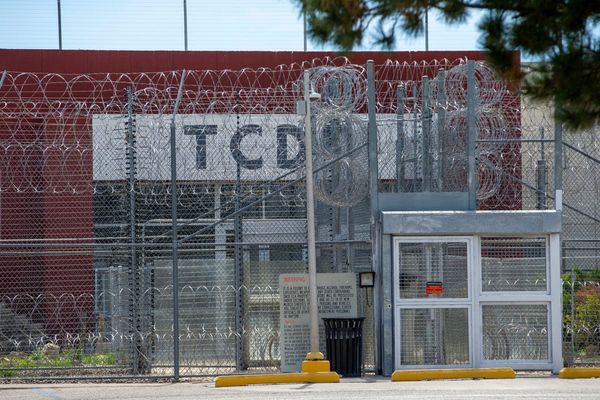A bright red sale sign is supposed to be a clear indicator of a discount. However, a number of major retailers have been caught in a deceptive and sometimes illegal pricing scheme. They have been accused of advertising a “sale” price that is actually higher than the product’s regular, everyday price. This is done to create the illusion of a deal where one does not exist. These eight documented cases and pricing strategies show how some of the biggest names in retail have tricked their customers.

1. JCPenney’s Fake “Original” Prices
JCPenney was the subject of a massive class-action lawsuit that accused the company of creating fake “original” prices for its private-label products. The lawsuit proved that the retailer would offer an item at an inflated “original” price for a very short period. They would then put the item on a perpetual “sale” at a lower price. This sale price was, in fact, the item’s true regular price, making the advertised discount a complete fabrication.
2. Kohl’s and the “Was/Now” Pricing Model
Kohl’s has also faced multiple class-action lawsuits for its “was/now” pricing strategy. The lawsuits alleged that the “was” prices shown on the store’s sale tags were fictional, inflated numbers that the items had rarely, if ever, been sold at. By creating a fake, high original price, the company was able to make its sale prices seem like a much deeper discount than they actually were, a practice that the lawsuits argued was deceptive advertising.
3. The Amazon “List Price” Lawsuit
The online retail giant Amazon was sued for its use of a “list price” in its product comparisons. The lawsuit claimed that Amazon would often display a high “list price” next to its own, lower price to create the impression of a significant saving. However, the suit alleged that this “list price” was often an arbitrary, outdated, or inflated number, not the product’s true prevailing market price.
4. The Hobby Lobby Case
Hobby Lobby was caught in a particularly embarrassing pricing scandal. A shopper discovered that when they peeled back the new “sale” price sticker on an item, the original price underneath it was actually lower. The store had raised the original price and then put the item on “sale” at a price that was higher than what it had been selling for previously. This clear-cut case of deceptive pricing went viral online.
5. Jos. A. Bank’s Perpetual Suit Sale
The menswear retailer Jos. A. Bank is famous for its “Buy One, Get Three Free” suit sales. However, consumer groups have long argued that this is a deceptive pricing model. They claim that the “original” price of the one suit you are required to buy is so inflated that you are essentially just paying the regular price for four lower-quality suits. The “sale” is a permanent promotion that is built into the store’s everyday pricing.
6. Overstock.com’s Inflated Comparisons
Overstock.com faced legal action from district attorneys in California for its use of misleading “compare at” prices. The investigation found that the comparison prices the website used were often based on the highest possible price that could be found for an item, not its typical market price. This created a deceptive sense of value for the customer.
7. The Supermarket Price Hike Before a “Sale”

A common but hard-to-spot tactic in grocery stores is to raise the price of an item for a week or two before putting it on “sale.” For example, a can of soup that normally costs $2.00 might be raised to $2.50. Next week, the store will put it on sale for $2.00, with a sign that says “Save 50 cents!” In reality, you are just paying the original, regular price.
8. The Online Travel Agency “Deal”
Online travel agencies are notorious for this kind of pricing. They will often display a “sale” price for a hotel room that is higher than the standard rate you could get by booking directly with the hotel. They are counting on the fact that you will assume their advertised “deal” is the best price available without doing your own research.
The Deceptive Discount
These cases are a powerful reminder that a “sale” tag is not always a guarantee of a good deal. Deceptive pricing practices are a widespread problem in the retail industry. They are designed to manipulate your perception of value and to create a sense of urgency that encourages you to buy. The only way to protect yourself is to be a skeptical shopper who tracks prices over time and questions any deal that seems too good to be true.
Have you ever caught a store using a fake sale price? What is the most deceptive pricing trick you have ever seen? Let us know your story!
What to Read Next
- 8 “Flash Sales” That Were Found to Be Regular Prices All Along
- 10 Sale Tags That Are Just Price Holds From the Week Before
- 7 Times Retailers Raised Prices Just Before a Big Sale
- 12 Travel Deals That Turned Out to Be Scams
- 6 Appliances You Should Never Buy During Holiday Sales
The post 8 Times the Sale Price Was More Expensive Than the Regular Tag appeared first on Grocery Coupon Guide.







